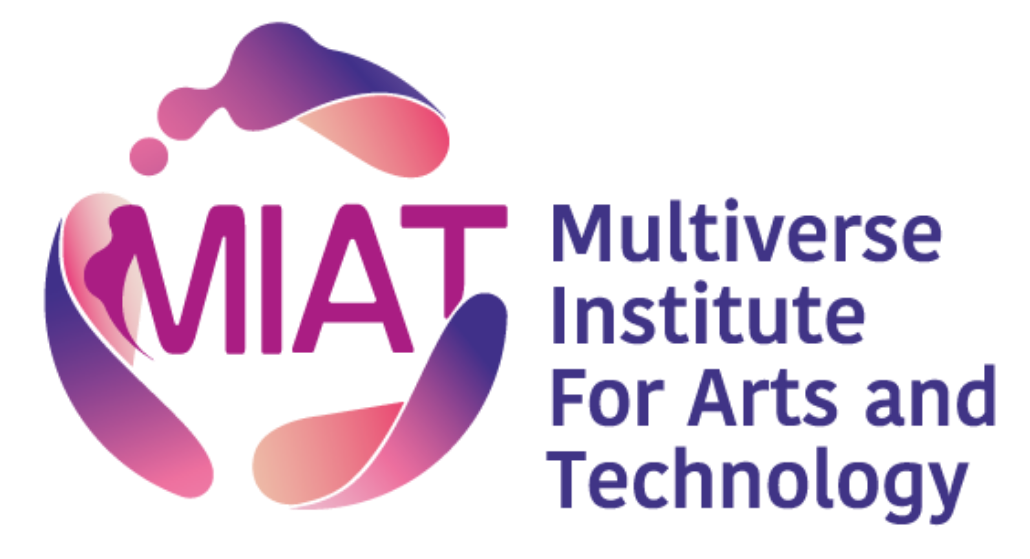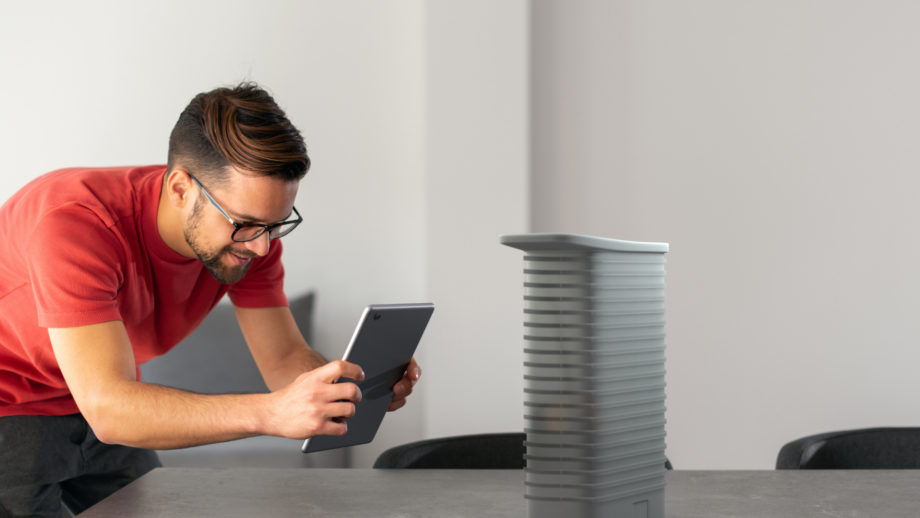Challenges with Mixed Reality -MR- glasses or headset devices such as optical field of vision, contrast, size, weight, battery life, and a lack of practical ways to interact with holographic pictures have slowed acceptance and enthusiasm. Despite this, over the last few years, there have been significant improvements in resolution, lag removal, and the untethering of the MR experience.
The pace of change will be quick, and MR technology will make substantial advances in the next years. Thus, the application of MR design is one that deserves to be highlighted since this technology is contributing to the creative process in quick visualisation, accelerating time-to-market, and bringing new dimensions to the way teams work.
In particular, the main activity in the design process is visualisation. Product and user experience concepts are often envisioned and sculpted through drawing and CAD modelling in the early phases of development. Designers are exceptionally good at creating 3D models and digital material with these technologies. However, their ideas are detached from the realities of scale and spatial context in the physical world when they are written or displayed on a computer screen.
The use of MR design allows designers to take an idea from the screen and place it at full scale in the actual environment. Designers may then walk around it or within it, getting a much greater sense of its form, proportion, and relationship to the surroundings. When compared to other kinds of rapid prototyping, with MR designers will visualise in better resolution far sooner in the process and with a significantly lesser amount of expenditure. In addition, MR may also aid in the evaluation of idea alternatives.
Furthermore, designers can now have another way to share projects in real-time thanks to MR application to virtual collaboration platforms where the main opportunity is to engage a wide range of stakeholders in a more natural way than ever before to examine in-progress virtual assets.
Instead, when used with other prototype approaches, MR design can speed up development by implementing a fluid approach that incorporates several instruments at various stages. Designers may examine a wide range of options early picturing them using virtual methods. This drastically minimises initial cost and allows to quickly adjust and iterate products.
Finally, the potential to reinvent the way people physically engage with MR technology in their lives will, in the end, have the biggest impact. With the advancements in sensor technologies, optics, spatial sound, and machine learning, we expect that more inventive solutions will emerge soon, making interactions with information and things much more human, easy, and intuitive. Although the value of MR content in the general consumer sector may be years away, corporate applications in manufacturing, industrial, maintenance, and healthcare are already demonstrating a lot of promise with improved functionality.


